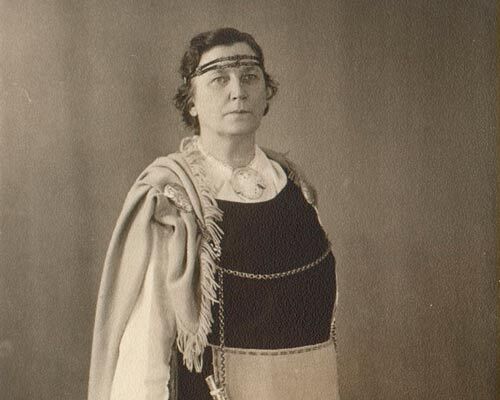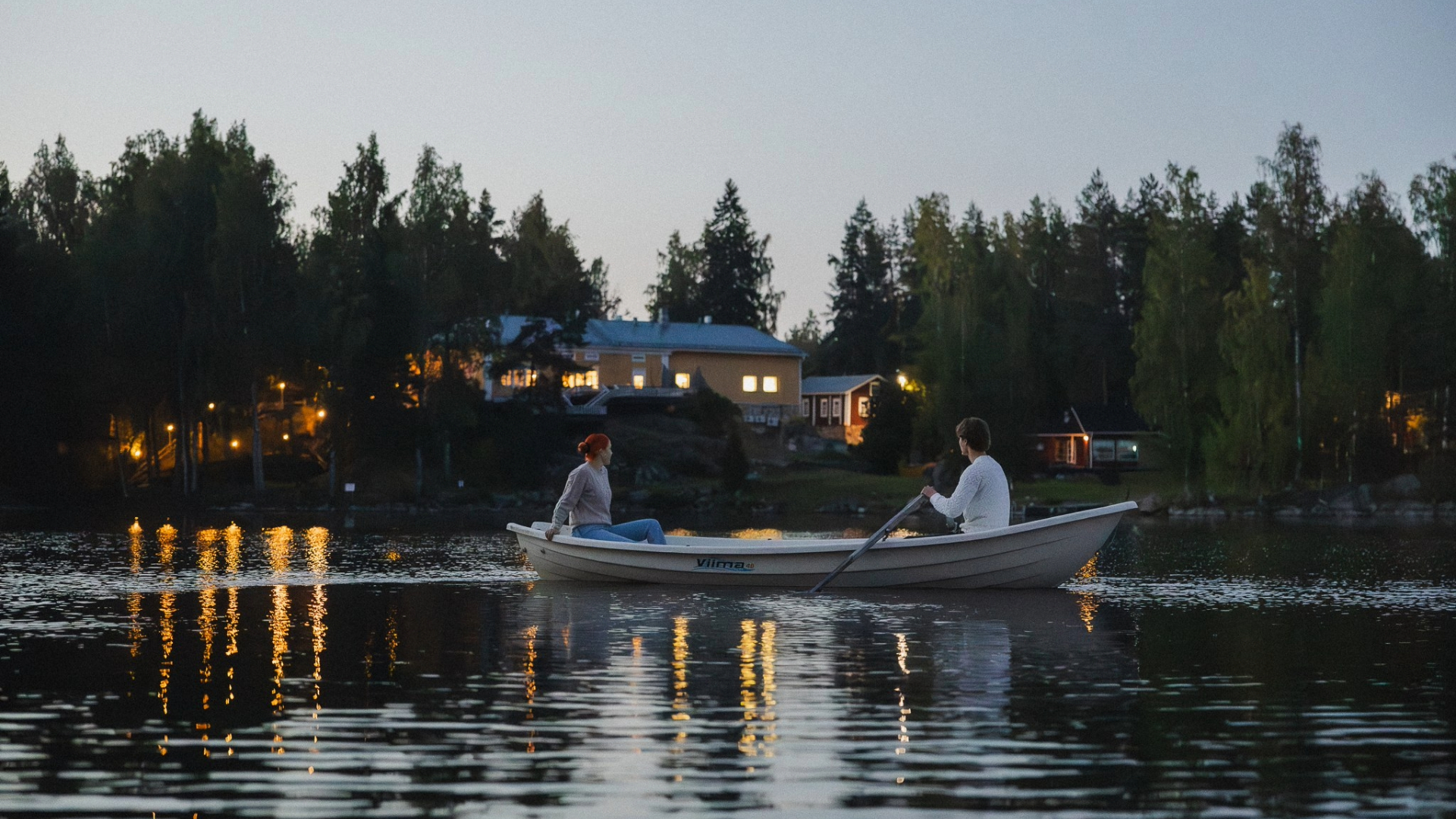From sawmill to magnificent tourist destination
Sahanlahti, one of the oldest sawmills in the Saimaa region, was established in 1765 around a water-powered sawmill, which no longer exists. Sawmill operations were carried out in the Sahanlahti area for almost 200 years.
Today, Sahanlahti is a renowned and traditional tourist center in a magnificent location on the shores of Lake Saimaa in Puumala, less than an hour's drive from Savonlinna, Mikkeli, and Imatra. The unique and culturally historic sawmill environment and modern facilities create a wonderful setting for holidays and celebrations.
Jaana & Janne
It is a matter of pride for Jaana and Janne Kuivalainen, the hosts at Sahanlahti, to provide you with memorable and enjoyable experiences in the beautiful surroundings of Lake Saimaa and the unique environment of Sahanlahti Resort.
Local food, homely service, and the history of the area with its interesting stories are close to the heart of hostess Jaana Kuivalainen. The work of a host at Sahanlahti suits the sociable Janne Kuivalainen, who chats with guests while heating the smoke sauna and clearing snow. The easy-going host is happy to sit down with you at the coffee table.
This duo has created a warm and homely atmosphere at Sahanlahti, where guests feel at home. They have inspired their employees to share their enthusiasm for providing excellent service and creating memorable experiences for guests at Sahanlahti Resort.
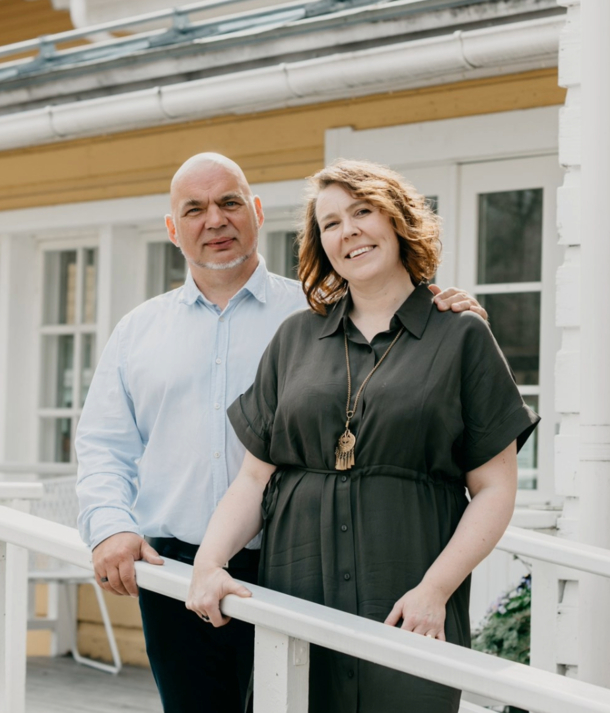
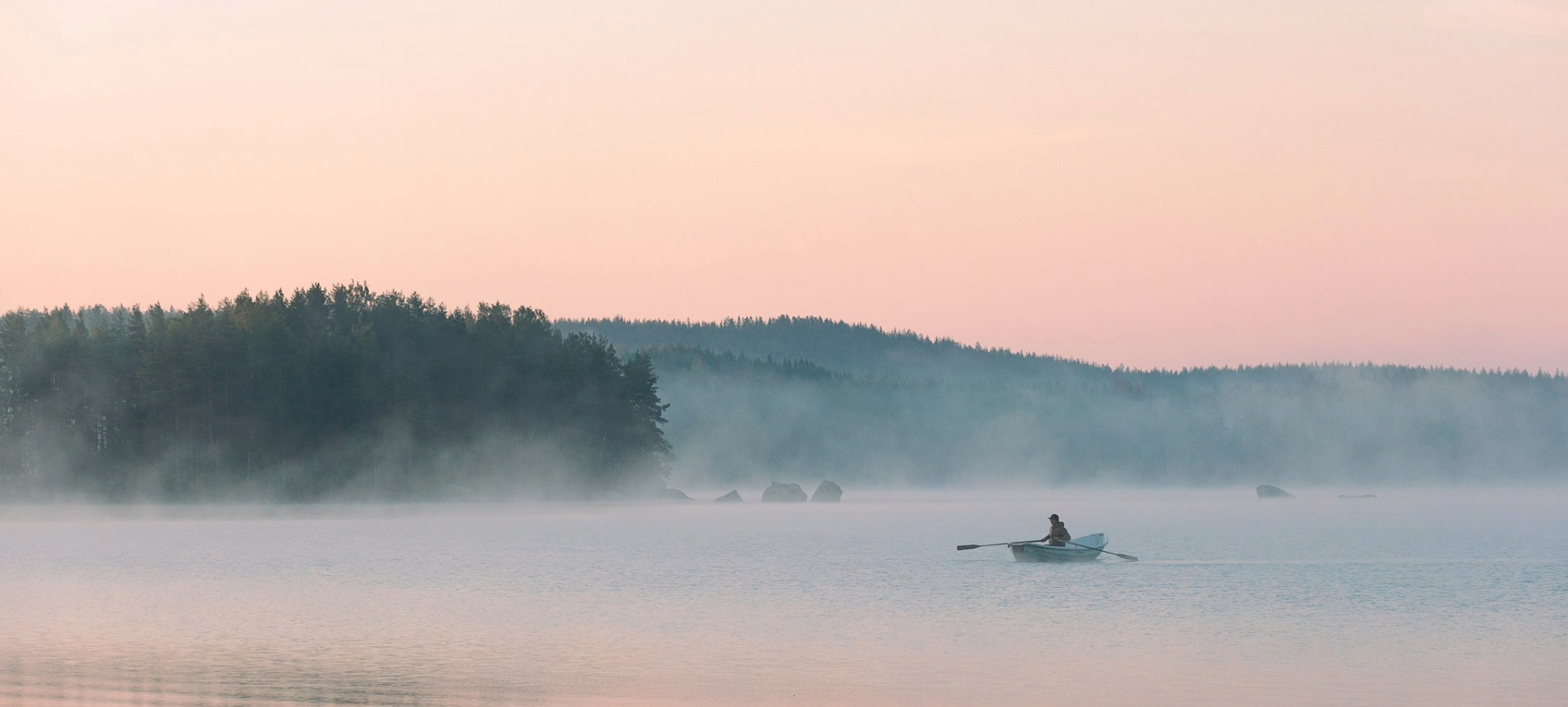
Sustainable tourism
in Lake Saimaa
Accessibility
We want to offer unforgettable experiences to all of us. Discover the accessibility of Sahanlahti.
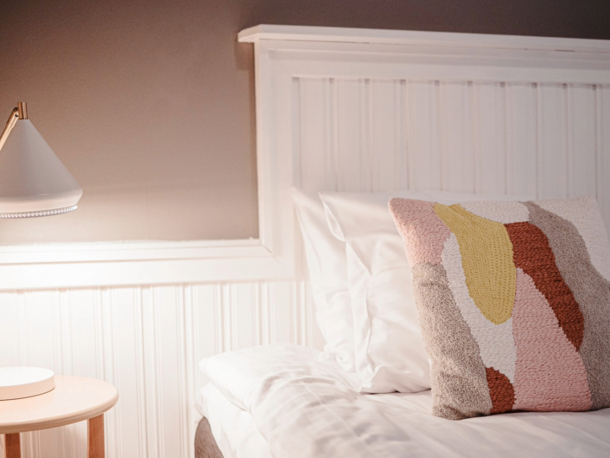
The history of Sahanlahti Resort
The old sawmill community of Sahanlahti was established around a water-powered sawmill founded in 1765. The sawmill was known as the Puumala or Miettula sawmill, and in the province it was referred to as the Puumala ironworks. It is one of the oldest sawmills in the Saimaa region.
The last sawmill in the area was demolished in 1936, meaning that sawmill operations were carried out in the Sahanlahti landscape for almost 200 years. This culturally and historically valuable environment still exudes the atmosphere of times gone by. The old water-powered sawmill was located on the rapids that divide the area, connecting Niskalampi and the waterway above it to Lake Saimaa. In addition to the ruins, the old log flume on the rapids is a reminder of the sawmill's existence. The first owner of the sawmill was County Secretary Johan Wilhelm Weinander. Over the centuries, the sawmill changed hands numerous times, and its last owner was Enso Gutzeit Oy, which took over the sawmill in 1910.
The current reception and restaurant building was originally built as the sawmill manager's house. The sawmill workers and their families lived in cottages built on both sides of the rapids. There were two families per cottage. In addition to the sawmill manager's house and its outbuildings, the original settlement includes the current museum with its courtyard and the so-called Jallun tupa cottage on the Mikkeli side of the rapids.
Working at the sawmill
in the early 20th century
The arrival of the logs in Sahanlahti in the spring was a major event. The logs were transported to the sawmill along the waterway above the rapids, from where they were floated down the chute into Lake Saimaa. During the floating, the gate at the upper end of the log chute was opened, allowing the water to carry the logs downstream.
A boom was placed at the lower end of the chute during the floating, and the logs were trapped inside it. The rafts formed in this way were taken by Enso Gutzeit's tugs to the Kaukopää factories for sawing. Log floating eventually ended with the spread of cars, when timber began to be transported to factories along roads. At the beginning of the 20th century, there were six to seven workers at the sawmill: two men on the frame, two sawyers, a floater, and a miller. The sawmill operated in two shifts, and the working day was ten hours long. The work was done at the pace of the machine, and it took about four minutes to saw one log. By today's standards, despite the long working days, the pace was fairly slow, and the men had plenty of time to smoke their pipes between tasks.
S/S Wenno
S/S Wenno (formerly Wetehinen) is an iron-hulled tar steamer and tar mill. It is the only surviving iron-hulled ship from the large tar steamer fleet on Lake Saimaa. S/S Wenno looks almost the same as it did in the 1930s, with its original steam engine, and is listed in the National Board of Antiquities' register of heritage ships.
S/S Wenno was built in 1907 to transport timber from the Miettula sawmill in Puumala, i.e. Sahanlahti. After a few owners, Wenno became the property of Enso-Gutzeit in 1934. In 1966, the ship was left moored in Laitaatsi, and in 1972, the municipality of Puumala purchased Wenno in a state of disrepair, partially stripped. The Puumala Boat Club restored the ship to working order and has maintained it in working condition with the help of volunteers and the municipality of Puumala.
S/S Wenno offers charter cruises in the summer to keep the ship in working order and to keep the steamboat culture alive in Puumala.
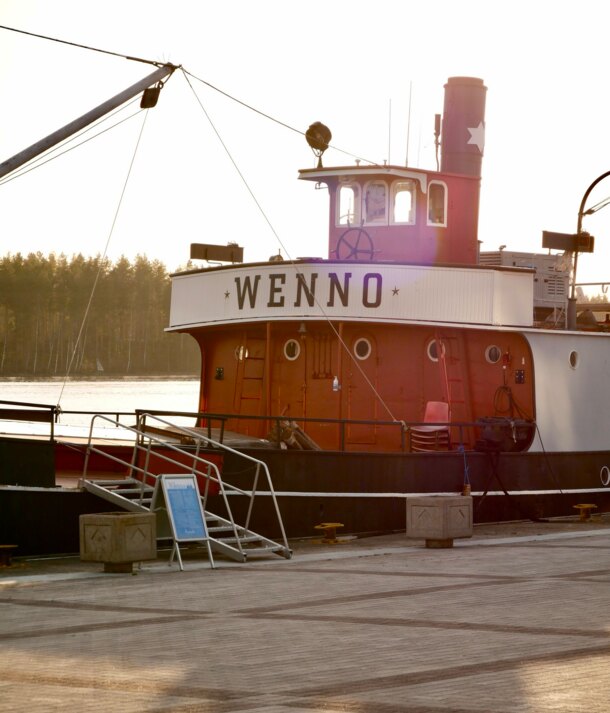
Elsa Heporauta
(1883-1960)
Author Elsa Heporauta was born as the daughter of Johan Koponen, a sawmill owner. Known as the founder of Kalevala women and Kalevala Korut, Elsa spent her childhood in Sahanlahti. Her wedding was also celebrated in Saha.
A multifaceted cultural influencer who recounted her childhood memories in her books under the pseudonym Ursula Keivaara, she was open-minded and kind-hearted, always ready to help those close to her.
